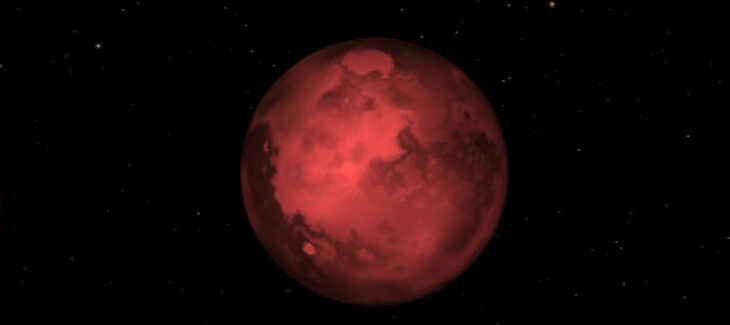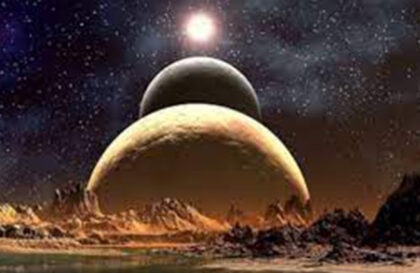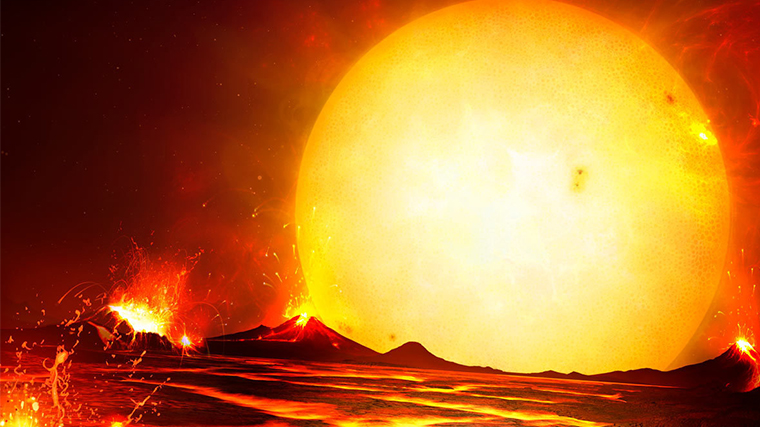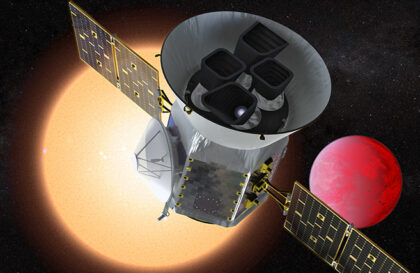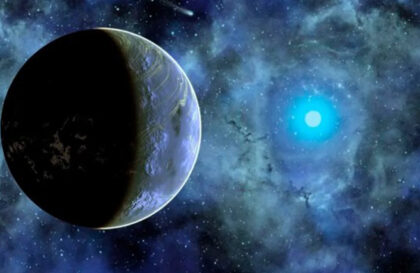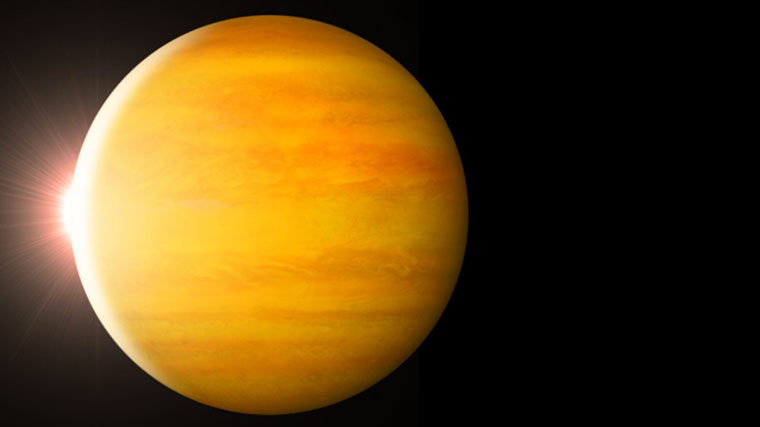American scientists have confirmed that LTT 1445 Ac, discovered by the TESS telescope in 2021, is the closest Earth-type exoplanet in the entire history of our observations. This discovery provides a unique opportunity to study the diversity of planets like ours.
The transit method detected LTT 1445 Ac as the planet passed before its star and dimmed its star. But observations were complicated because the planet orbited a dwarf star in a triple system, prompting the challenge of bodies called the “Three-Body Problem.” The scientists additionally used the Hubble Space Telescope to determine the parameters of the transit precisely, including the orbital period and the effect on the radial velocity of the host star.
LTT 1445 Ac is a super-Earth exoplanet orbiting an M-type star in the triple M-dwarf system LTT 1445, located 22.4 light-years away in the constellation Eridanus. One revolution around its star takes 3.1 days. It orbits very close to the star at a distance of less than 2.85 million miles (4 million kilometers). Mars is 14 times farther from Earth.
LTT 1445 Ac was about 1.37 times heavier than Earth, and its radius was only 1.07 times larger. The density of the planet, calculated at 5.9 g/cm³, is very close to that of Earth. LTT 1445 Ac is likely composed of rock and metal, similar to Earth. The possibility that LTT 1445 Ac has a thick atmosphere that could potentially support life has yet to be confirmed. However, the exoplanet’s proximity to its star and short orbital period suggest that it may be tidally locked, with one side always facing the star and the other in perpetual darkness. This could lead to an extreme temperature difference between the two sides.
Most likely, due to the proximity to the star, the atmosphere is either absent or highly rarefied.
Due to its close location, LTT 1445 Ac opens up vast opportunities for studying Earth-sized planets. Observing the transit through the star’s disk can reveal the atmosphere’s chemical composition, allowing telescopes such as the James Webb to be used for further studies. Such discoveries enrich our understanding of the diversity of planets in the universe. Of course, it is very hot on the day side and cold on the night side.
Banner image: Credit: NASA/JPL
Image credit:
https://exoplanets.nasa.gov
